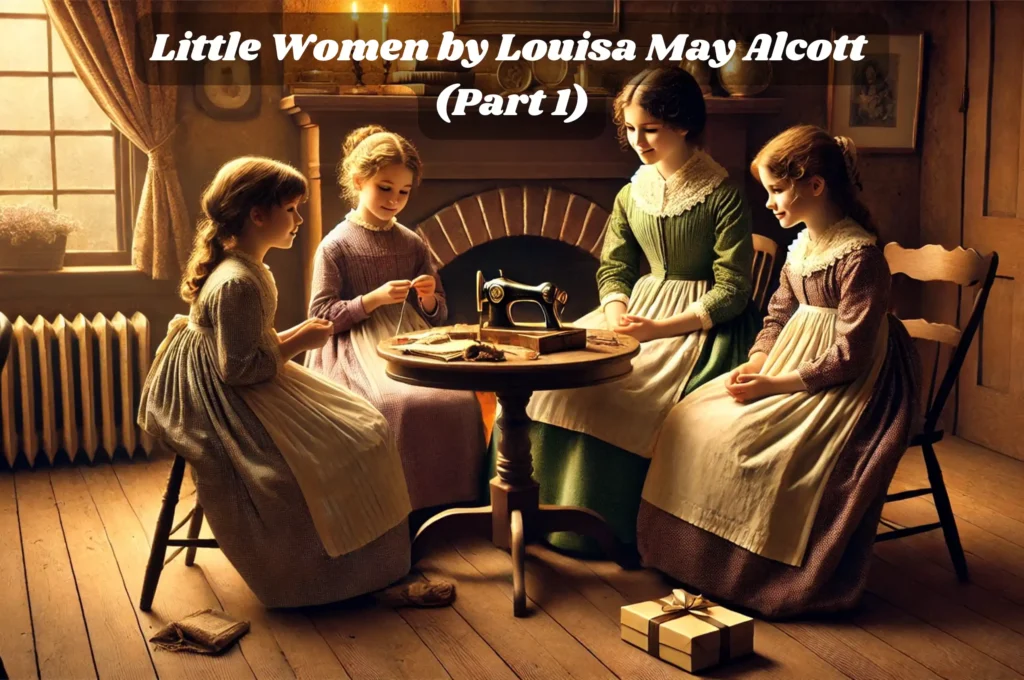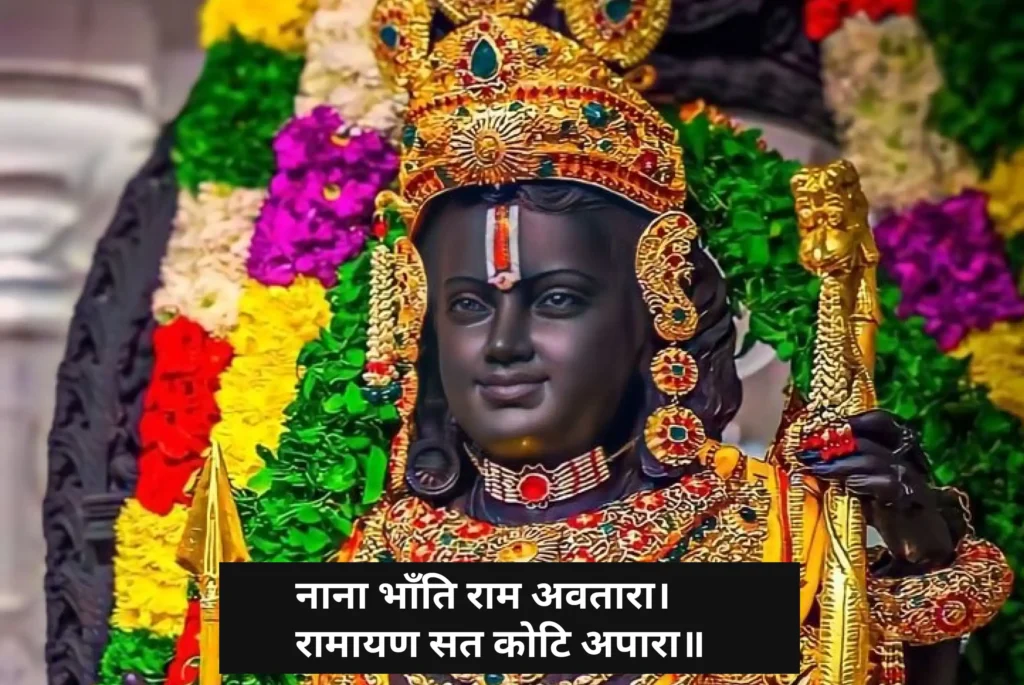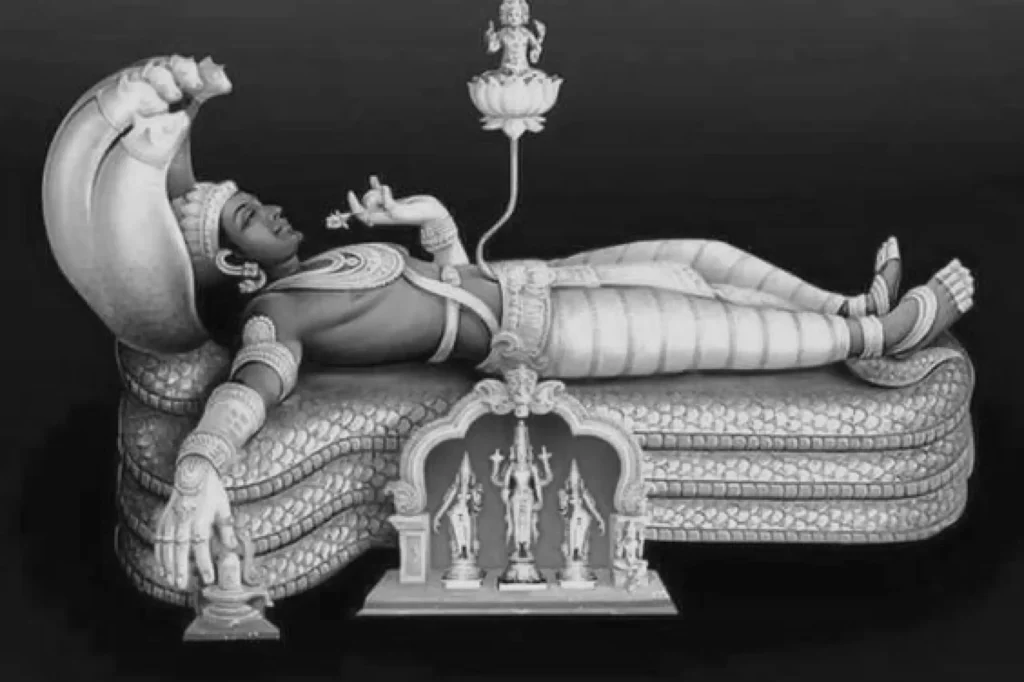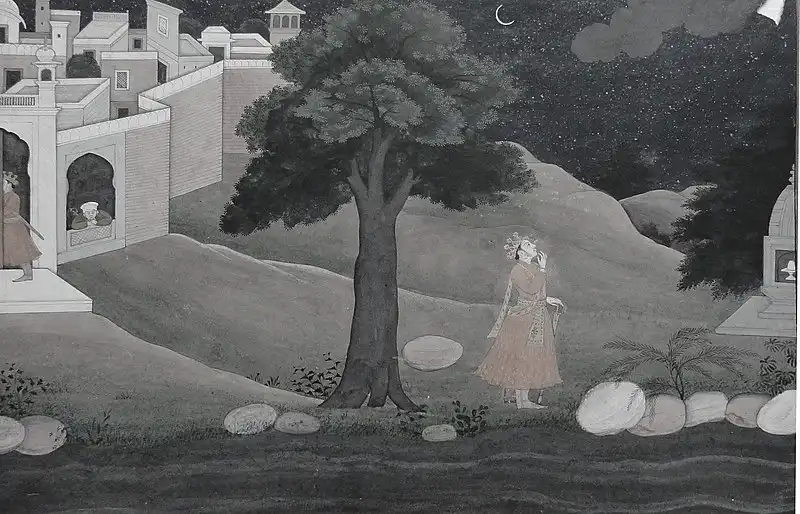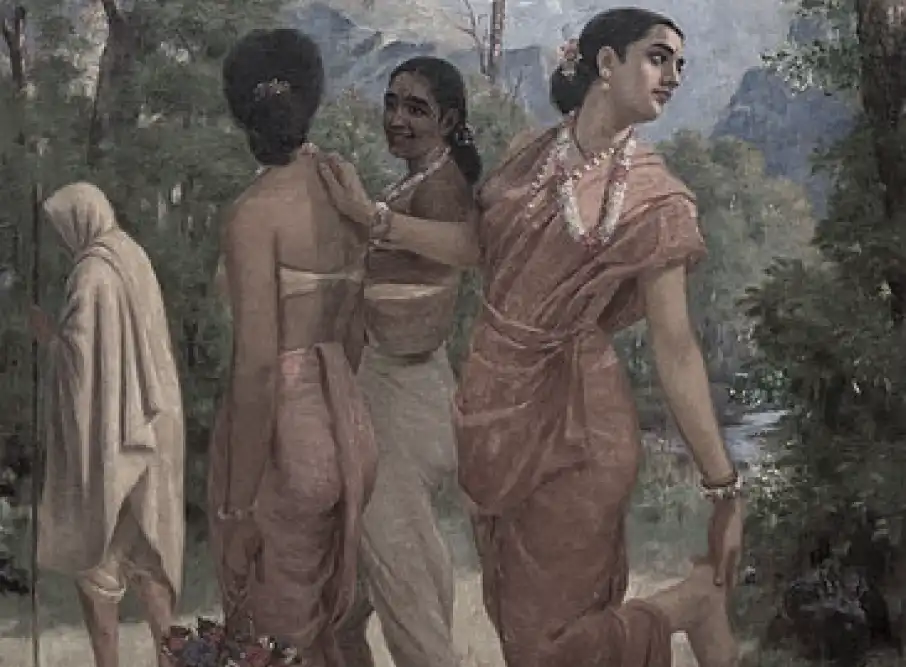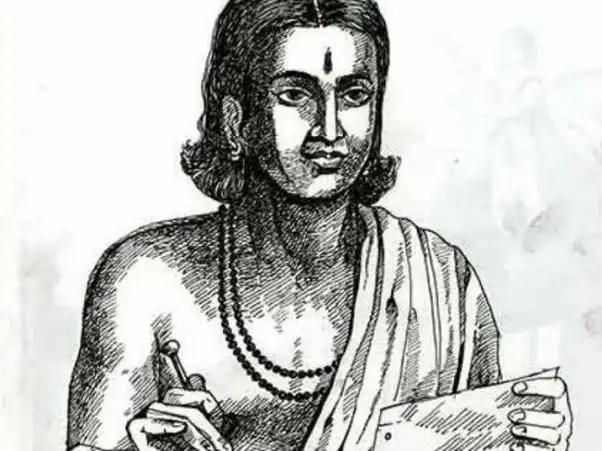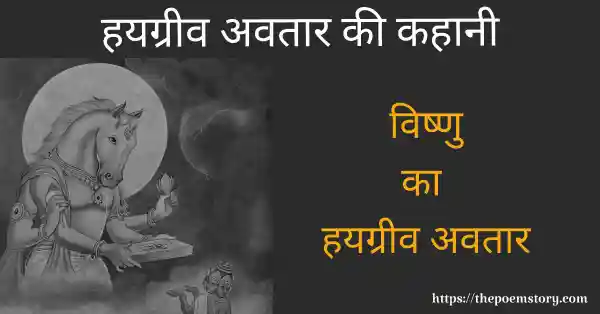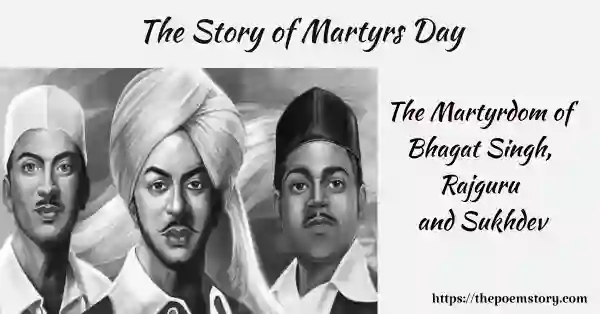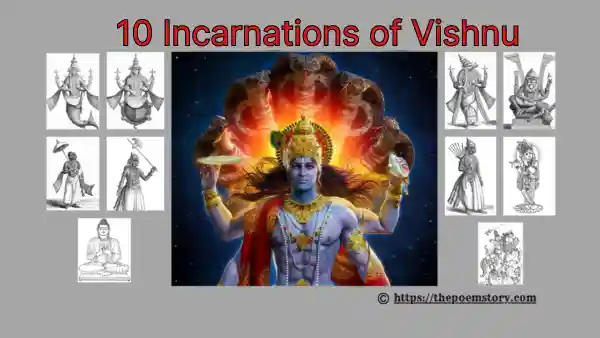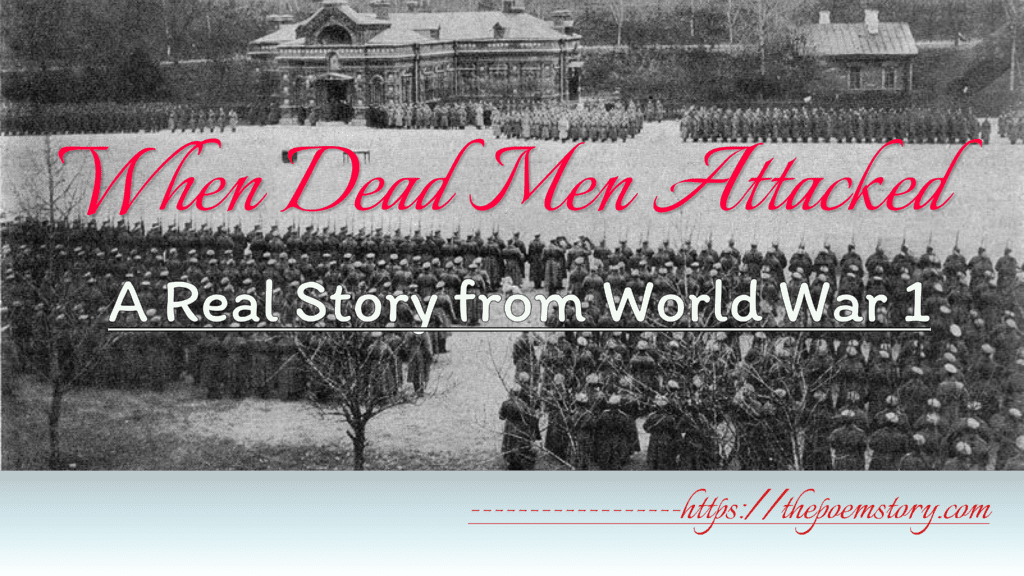
Table of Contents
Introduction
When Dead Army Attacked is a real rtory from World War 1. If there is one battle story that everyone should read at least once, this is it. It’s the bizarre account of how a tiny handful of Russian soldiers defended the Osowiec Fortress in Poland during World War I. This is one of the stories from world war 1.
It is both horrifying and uplifting, and I assure it is unlike any other war story you’ve ever heard or read. But, before we get into that narrative, if you enjoy reading different types of stories, you’ve come to the correct place because that’s all we do.
Osowiec Fortress
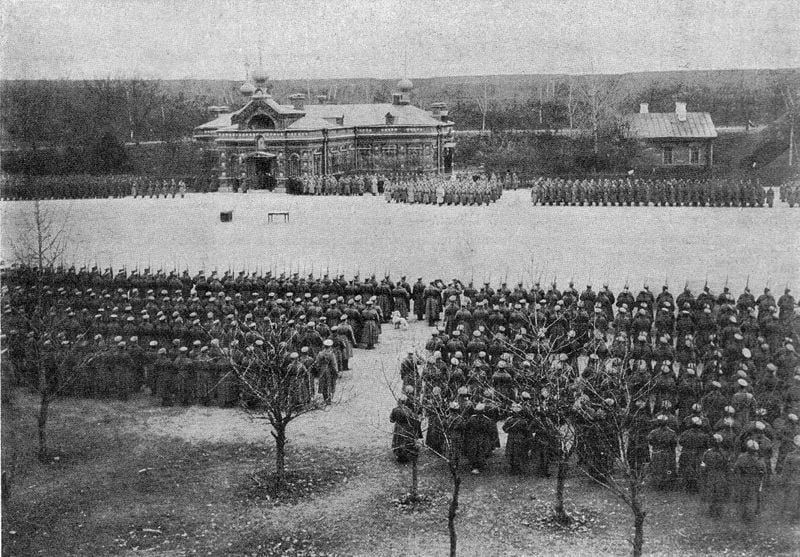
During World War One, on August 3, 1915, a 21-year-old Russian soldier named Vladimir Kotlinsky peered out from behind the massive stone walls of Osowiec Fortress in Poland. He could see the identical landscape in front of him that he had seen for the previous six months since being stationed at this Fortress.
It was bordered by a large swampy forest. Furthermore, there were dozens and dozens of trenches all around them in this swampy Forest.
Trenches are long, deep pits that soldiers will dig to both hide in when attacked and launch attacks from behind.
These trenches that zigzagged all around the Osowiec Fortress were built and are presently manned by 7000 German soldiers. During World War I, the Russians fought against the Germans. The Germans desired to seize the Russian-held Osowiec Fortress.
The Fortress was strategically located, with a railway running right through it. There was also a nearby river and a vital road, which meant that whoever possessed this Fortress would have an advantage in transferring critical wartime supplies and men in a highly contested area.
Despite several attempts by these 7000 Germans to take over Osowiec Fortress over the previous six months, had all been repulsed by Vladimir Kotlinsky and the 900-man Russian Force inside the Fortress
By the morning of August 3rd, 1915, as Vladimir looks out from the battlements over the trenches in the marsh below, it appears that both the Russians and the Germans had established a stalemate. Where neither side attempted to assault the other and neither side attempted to flee.
They were just sitting there doing nothing. In fact, there had been so little activity from either side in recent weeks that the Russian soldiers inside the Fortress had grown bored. They began sneaking out the Fortress’s side door to grab fish with their bare hands in the adjacent River.
Unusual Behavior of Germans
As Vladimir stood atop The Wall this morning, he noticed something peculiar happening in one of the ditches closest to the Fortress. Although it was still several hundred feet away, he could easily look down into this trench. What he saw was a group of high-ranking German officers huddled together.
They remained staring at the ground. They were peering inside the trench at something that Vladimir couldn’t see, and then they’d gaze up at the sky and wave their hands around. They would then return their gaze to the ground below.
Vladimir had no idea what was going on. He couldn’t see what they were gazing at in the trench, and when he looked up into the sky where they appeared to be looking, all he saw was an ordinary blue sky. However, whatever they were doing was making Vladimir nervous.
Vladimir Kotlinsky was a youthful junior officer in command of other soldiers. Because he was so new, he lacked experience and credibility and thus was not seen as a credible Army leader.
As he observed this weird behavior, Vladimir worried that if he left now and told those in higher positions that he was concerned about the Germans because they were gazing at the sky and the ground strangely, it would make him appear crazy and unfit to lead.
So, eventually, Vladimir just stared at this cluster inside the trench and reasoned, “They’re not shooting at us, there’s no attack going on, so whatever they’re doing, it shouldn’t be that big of a deal, and nobody has done anything recently, so why would that change now?” As a result, Vladimir left the walls of the Osowiec Fortress and went down below to visit his pals.
The Strange Cloud Over the Fortress
Three days later, at 4:00 a.m., the Russian soldiers who were stationed along the Osowiec Fortress walls that night detect something weird out in the darkness. When they glanced out around wherever they were, they noticed that the night air was nearly fuzzy or wavy. The night sky appeared to them in the same way that air coming off the heated pavement on a sunny day would appear fuzzy.
It couldn’t be because of the hot weather because it was early, cold, and gloomy outside. So these Russians were staring around, unsure what to make of the hazy air. They began summoning more Russians to investigate and figure out what was going on. As the Russians stared out from behind the walls at this air, they realized what it was after a few minutes.
It was an enormous grayish green cloud the size of the Fortress, and it was blowing in their direction. The Russian soldiers had no understanding what was going on, so they just stood there in startled silence. As they observed, they noticed that whenever the cloud touched any flora, such as leaves on trees or tall grass in the marsh, it would turn black and shrivel up, and the troops would hear a faint Thump.
Thump Thump Thump Thump Thump out in the darkness, and it was the sound of dead birds falling to the earth. The mist had almost engulfed the stronghold.
At this point, the Russians began to fear and began to run to sound the alarm in order to wake up their fellow soldiers in preparation for an attack. However, as they did so, they began to notice an extremely strong chemical odor entering the Fortress. The Russians could only hear their compatriots coughing at that point.
Vladimir Kotlinsky Realized – A Poisonous Gas
It would come out that the peculiar behavior Vladimir observed three days earlier of German officers huddled together looking up at the sky, then down at the ground, and finally back up at the sky was preparation for a chemical attack on the Osowiec Fortress. There were canisters of hazardous gas on the ground, out of sight of Vladimir, and when the officers looked up and held their palms up, they were deciding if the wind was sufficient and in the appropriate direction to launch the attack.
Three days ago, the wind was not in their favor, but this morning at 4 a.m. on August 6, 1915, the wind was in their favor, and they unleashed the gas, which was very likely the most deadly gas anyone could ever come across on the Battlefield.
It was a mixture of chlorine and bromine gas. On their own, chlorine and bromine are extremely toxic and can kill you, but when combined, they become considerably more lethal. The gas mixture binds to moisture, converting it to hydrochloric acid. That is, if a person who was not wearing a gas mask came into touch with this dangerous gas and inhaled it, the acid in their lungs would dissolve them from the inside out.
Furthermore, the gas would enter their eyes and nose, where the acid would bore holes in their skull, and once you’ve come into touch with this gas, there’s nothing anyone can do to save you. You will die, but it will take a long time because you do not dissolve instantly.
By this stage in World War I, it has been a lengthy and terribly difficult process. Because chemical warfare was not being used, the Russian army did not equip its soldiers with gas masks.
Because the German army knew the Russian army did not, this horrifying poisonous gas began permeating every square inch of the Osowiec Fortress. There was nothing these Russian soldiers could do to protect themselves from the Gas. Soldiers immediately began bleeding from their eyes, mouths, and ears, and they coughed up portions of their lungs.
Russian Army Was Doomed
The Russians inside the Fortress instantly realized they were being poisoned. The soldiers who were not immediately impacted by this gas began taking off their shirts, immersing them in water, and wrapping them around their heads to try to minimize how much of this chemical they breathed in, but it didn’t do much to block the toxin. These improvised gas masks may have exacerbated the situation because the gas would have linked to the moisture on the shirt, dooming the Russians.
Their attackers surrounded them outside the walls, and then there was this gas inside the Fortress. There was no air conditioning in the Fortress. There were no other options. No matter where they went, they couldn’t avoid death.
Vladimir Kotlinsky’s Act of Valor
Vladimir Kotlinsky was one of the men that remained standing inside the Fortress. He stumbled over to a narrow window on the Fortress’s side walls. He looked out and saw all the Germans charging at them, firing.
Their machine guns were firing. Vladimir was aware that the Germans were approaching the Fortress door. They’ll come in and kill every single one of them. But Vladimir’s emotion was neither terrified nor sad. Instead, he became immensely motivated.
If they’re going to come in here and kill us, we’re going to make it as difficult as possible for them. First, Vladimir had earned a reputation for being fearless throughout the six months they had been under siege by the German Army in their trenches.
When combat broke out, Vladimir was always the first to run up and be on the front lines. When his friends were shot or injured, Vladimir would dash out into the line of fire to help the Fallen Soldiers. It was as though Vladimir had any sense of self-preservation.
As the Germans pressed forward toward the Fortress. Artillery shells were being fired at the walls. There was a lot of firing. Vladimir exits his window and marches back to the open courtyard inside the Fortress, where the remaining Russian soldiers number in the hundreds.
They would all perish. The gas had poisoned them, and it was only a matter of time until they died. But they were still standing. Vladimir stepped over to them and, despite his youth, stood up and said, “To them, this is our moment.” We’re all going to die, but what we do now will define who we are.”
Sudden Attack By Russian Forces – Zombies
Vladimir’s words inspired those hundred men who were on the verge of death. They quickly gathered around him. These men were bleeding from the eyes and mouths. They were coughing up lung fragments.
Vladimir outlined the strategy. With Vladimir in the lead, this swarm of soon-to-die Russian soldiers raced for the gates. They screamed as they opened the Fortress gate and ran out towards the Germans.
On the outside, the Germans assumed that the chemical attack would kill all of the Russians and that taking over the Osowiec Fortress would be simple. They had lowered their guns in this hope, and artillery firing had ceased.
The unexpected motion of Fortress opening and these soldiers dressed in gory rags spitting up chunks of their organs and crawling forward like zombies with bayonets out shrieking like banshees terrified the Germans. They were so horrified by what they saw that they dropped their rifles, turned around, and started running back toward their trenches. Vladimir and his dead-man army began picking off the Germans one by one as they fled.
When Vladimir and the dead man army ran out of ammunition, they just kept trudging forward, right into the tens of thousands of Germans. They began by picking up and shooting dead German firearms. When they arrived at the trenches where the retreating Germans had been so terrified, they ran into barbed wire.
The retreating Germans became entangled in the barbed wire, and the Russians simply began bayoneting all of them.
A German soldier went up to Vladimir and bayoneted him in the stomach at some point while he was doing this. He bayoneted him till the barrel of the gun was right up against his stomach, and Vladimir supposedly glanced down at this bayonet and realized he had been totally ran through, and he looked up at the German who had just stabbed him and was still holding the gun.
Vladimir spits blood and lung tissue all over Sherman’s face before shouting into the skies. The German was so terrified that he dropped the gun and attempted to flee. Vladimir returned to his gun, bayonets still in his gut, and fired at the Germans.
The Germans Feared Zombies
The Germans were so taken off guard and horrified by Vladimir’s dead man army’s counter-attack that they failed to conquer Osowiec Fortress despite outnumbering the Russians 70 to 1.
The Germans who had escaped the counter-attack and made it back to their trenches told the other German soldiers that the Russians had transformed into zombies. They were literally undead, so hitting them was worthless. Germans were so terrified that they refused to leave their trenches.
When the Russians realized they had effectively forced the German Army to retire, Vladimir, who was still alive at this time with a gun still stuck in his abdomen from the bayonet, ordered the remainder of his troops to retreat to the Fortress. A group of Russian soldiers on their way to death hobbled back into their fortress. Vladimir issued his final order, “Destroy the Fortress.” Nobody else can have it if we can’t.”
Seize of Osowiec Fortress
Every Russian soldier who came into touch with the toxic gas perished, including Vladimir. The Germans did eventually conquer Osowiec Fortress after all of the Russians had died.
When the Germans entered the Fortress, they learned it had been demolished and was no longer strategically significant. Vladimir would get Russia’s highest military decoration posthumously. His deeds, as well as those of the other dying troops who battled alongside him, are commemorated in legends, songs, and statues throughout Russia.
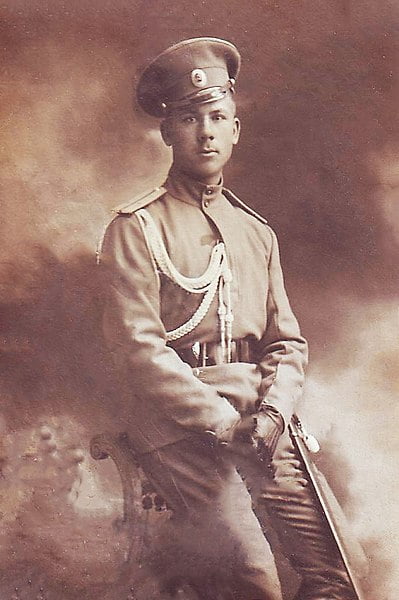
This is a picture of Brave Lieutenant Vladimir Karpovich Kotlinsky, commandant of the Osowiec fortress during the attack
Soon we will tell you this story on YouTube: Free Online Learning



